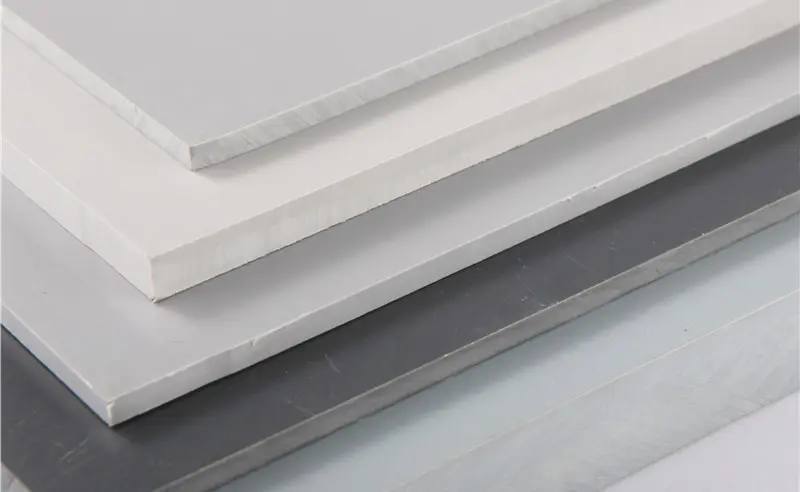Dec . 18, 2024 11:29 Back to list
pvc board
The Versatility of PVC Boards A Comprehensive Overview
Polyvinyl chloride (PVC) boards have gained immense popularity in various industries due to their durability, versatility, and cost-effectiveness. These synthetic plastic polymers are not only robust but also resistant to moisture, chemicals, and environmental stressors, making them ideal for a range of applications. In this article, we will explore the features, benefits, and diverse uses of PVC boards that make them a go-to choice for both professionals and DIY enthusiasts.
Characteristics of PVC Boards
PVC boards are made by polymerizing vinyl chloride monomers, resulting in a material that is lightweight yet exceptionally strong. They come in a variety of thicknesses, sizes, and colors, allowing for customization to meet specific project needs. One of the most significant advantages is their resistance to weathering. Unlike traditional wood, PVC boards do not warp, crack, or splinter when exposed to moisture or extreme temperatures. Moreover, they are non-toxic and recyclable, aligning with modern sustainability practices.
Benefits of Using PVC Boards
1. Durability PVC boards are highly durable and can withstand harsh weather conditions. This resilience makes them suitable for both indoor and outdoor applications.
2. Low Maintenance Unlike wood, which requires regular painting, sealing, and maintenance, PVC boards are easy to clean and require minimal upkeep. Typically, a simple wash with soap and water suffices to keep them looking new.
3. Cost-Effectiveness Initially, PVC boards may be more expensive than plywood or other materials, but their longevity and minimal maintenance needs lead to cost savings over time.
4. Versatility These boards can be used in a wide array of applications, from construction to crafting. Their adaptability makes them a favorite among builders, architects, and interior designers.
pvc board

5. Environmental Impact As a recyclable material, PVC boards can be reused at the end of their life cycle, reducing waste in landfills. Additionally, their long lifespan minimizes the need for periodic replacements, further contributing to environmental sustainability.
Applications of PVC Boards
1. Construction and Building PVC boards are commonly used in building exteriors, such as cladding and trim, due to their weather-resistant properties. They are also employed in fencing, porch railings, and decking.
2. Furniture and Interior Design In interior spaces, PVC boards have become a popular choice for cabinetry, countertops, and wall panels. Their diverse color options and textures allow for creative design solutions.
3. Signage The lightweight nature and excellent printability of PVC boards make them an ideal choice for signage and advertising materials. They can withstand outdoor conditions while showcasing vibrant graphics.
4. Marine Applications Due to their water resistance, PVC boards are often used in boat manufacturing and other marine applications. They do not absorb water, ensuring longevity in harsh aquatic environments.
5. Crafting For DIY projects, PVC boards are a fantastic material for crafting, model-making, and hobbyist endeavors. Their ease of cutting and shaping allows for creative expression without the limitations often encountered with traditional materials.
Conclusion
In summary, PVC boards stand out as a revolutionary material that combines durability with versatility, making them an exceptional choice across various applications. Whether in construction, furniture design, or marine use, their advantages are clear. As industries continue to seek sustainable and practical materials, PVC boards are poised to remain at the forefront, offering solutions that accommodate both functionality and aesthetic appeal.
-
Durable PVC-M Water Supply Pipes | 60-Year Life
NewsAug.04,2025
-
Premium HDPE Water Supply Pipes: Durable & Leak-Proof
NewsAug.03,2025
-
Premium PVC-M Water Supply Pipe - Durable & Efficient
NewsAug.02,2025
-
Premium PP Welding Rod: GPT-4 Turbo Enhanced
NewsAug.01,2025
-
HDPE Drainage & Irrigation Pipe - Durable, Efficient Solutions
NewsAug.01,2025
-
Premium PVC Transparent Pipe: Durable & Clear Solutions
NewsJul.31,2025

